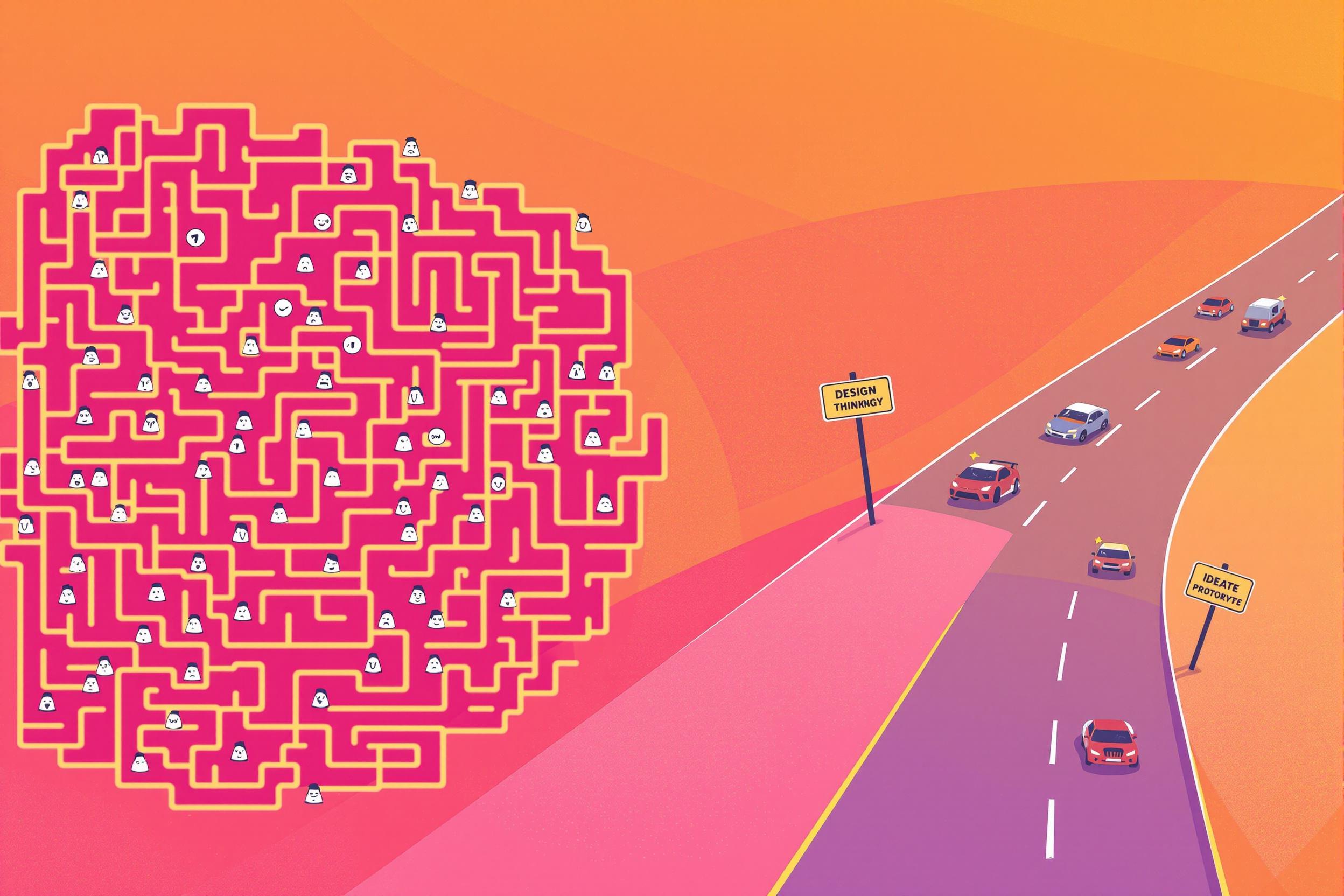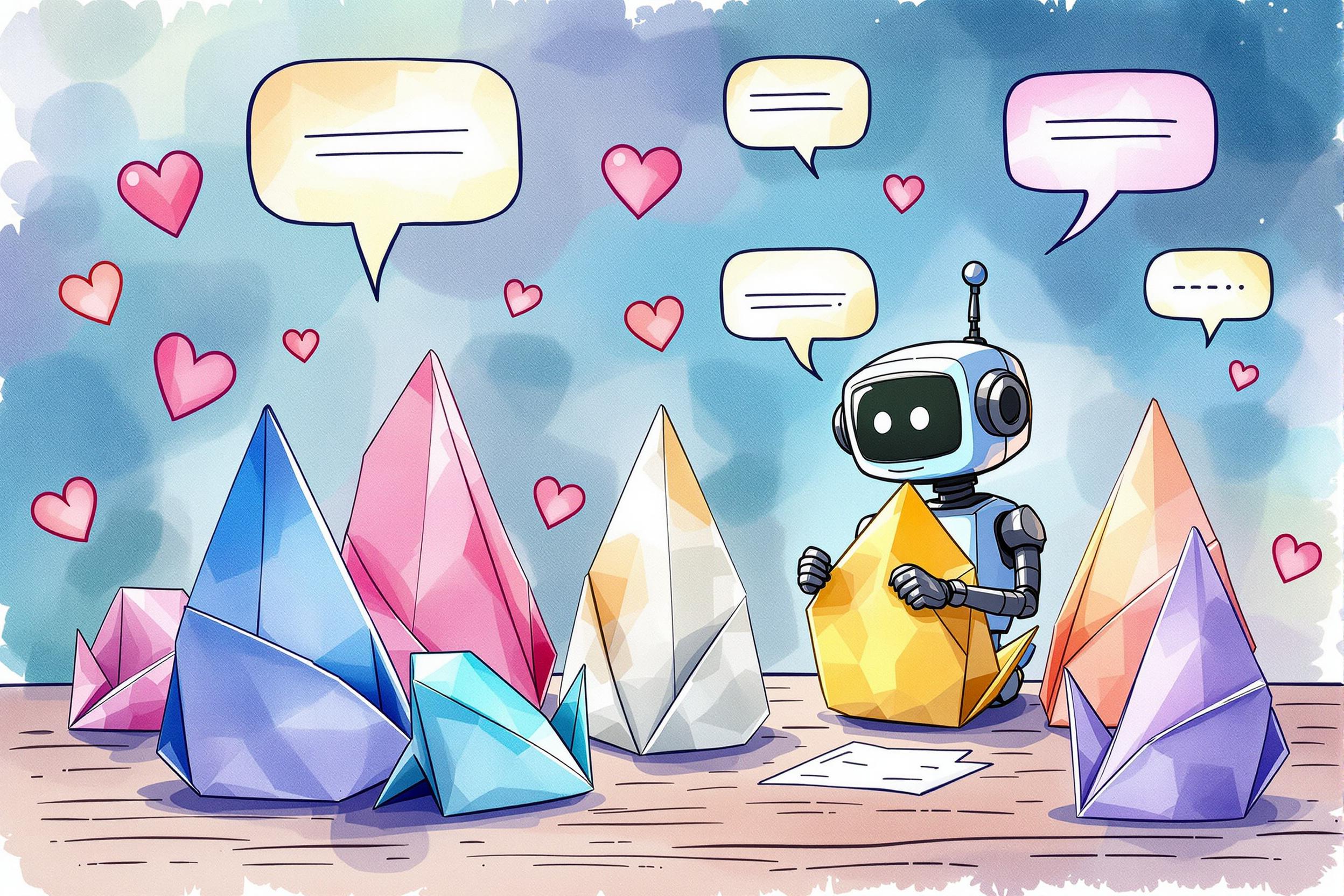
Set Designer
A Set Designer creates the physical environments where theater plays, TV shows, movies, or events take place. They're like architects for the entertainment world, turning empty stages or spaces into complete worlds that help tell stories. They work with directors to understand the vision, create drawings and models of their ideas, and oversee the team that builds these environments. This role combines artistic creativity with practical problem-solving, as they need to create designs that look good, fit the budget, and can be built safely. You might also see this role called "Scenic Designer" or "Production Designer," especially in different entertainment sectors.
Examples in Resumes
Created award-winning Set Design for regional theater's production of 'The Nutcracker'
Led team of 5 craftspeople in executing Set Designs for 12 major productions
Developed innovative Scenic Design solutions within $50,000 budget constraints
Collaborated with directors to create Production Design concepts for television series
Typical job title: "Set Designers"
Also try searching for:
Where to Find Set Designers
Professional Organizations
Job Boards
Professional Networks
Example Interview Questions
Senior Level Questions
Q: How do you handle complex design projects with tight budgets and timelines?
Expected Answer: A strong candidate should discuss their experience managing resources, prioritizing design elements, and finding creative solutions to stay within budget while maintaining artistic vision. They should mention experience with budget planning and team coordination.
Q: Tell me about a time when you had to completely revise a design concept mid-production.
Expected Answer: Look for answers that demonstrate flexibility, problem-solving abilities, and experience in crisis management. They should explain how they communicate changes to all departments and maintain production schedule.
Mid Level Questions
Q: What is your process for collaborating with directors and other designers?
Expected Answer: Candidate should describe their communication methods, how they present design concepts, and experience in incorporating feedback from different team members while maintaining artistic integrity.
Q: How do you ensure your designs are both visually striking and practically functional?
Expected Answer: Look for understanding of both aesthetic principles and practical considerations like actor movement, set changes, and safety requirements.
Junior Level Questions
Q: What tools and software do you use in your design process?
Expected Answer: Should be able to discuss basic design tools, whether digital (like SketchUp or AutoCAD) or traditional (like sketching and model-making), and show understanding of basic design presentation methods.
Q: How do you start developing ideas for a new production?
Expected Answer: Should demonstrate research abilities, understanding of script analysis, and basic process of developing and presenting design concepts.
Experience Level Indicators
Junior (0-2 years)
- Basic drafting and model-making
- Understanding of theater terminology
- Basic budget management
- Computer design software familiarity
Mid (3-7 years)
- Advanced technical drawing
- Project management
- Team coordination
- Complex budget handling
Senior (8+ years)
- Department leadership
- Multi-project management
- Strategic planning
- High-level stakeholder communication
Red Flags to Watch For
- No portfolio or visual examples of past work
- Lack of knowledge about basic safety regulations
- Poor communication or collaboration skills
- No experience with budgeting or resource management
Related Terms
Need more hiring wisdom? Check these out...

Why Your Hiring Process is a Maze (And How Design Thinking Can Turn It into a Superhighway)

Rewiring Your Interview Templates for Better Candidate Experience

Beyond Borders: Mastering the Art of a Global Onboarding Calendar

